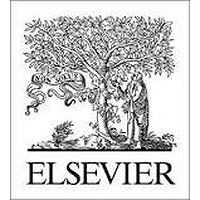Ooid shoals, sedimentary structures consisting of carbonate grains, are often used as proxies to explore changes in seawater chemistry over Earth history. Despite their importance as contributors to the global carbonate budget and as paleo-environmental indicators for water depth, pH, temperature and water energy, the mechanism of formation of these concentric, sub-spherical concretions of tangentially or radially arranged aragonite or calcite crystals is still the subject of intense debate. Unlike oncoids, whose microbial origins are well acknowledged, ooids are traditionally viewed as abiotic grains, mainly produced in suspension by agitated, warm waters that are supersaturated with respect to CaCO3. Yet, there is considerable evidence, including geochemical bio-signatures and detection of viable microbes capable of mineralization and biofilm production and degradation, to suggest otherwise. The emergence of new and sophisticated technologies reveals that the level of microbial diversity of these sedimentary grains exceeds that of some microbialite systems. These findings have refined our understanding of ooid genesis and ooid accretion processes and argue toward microbial mediation both as a direct result of metabolic activities inducing changes in the environment conducive to precipitation and by a passive mechanism, in which mucilaginous extracellular polymeric substances (EPS) act as a template for mineral nucleation. Furthermore, new developments in the field indicate that carbonate mineralization in marine ooids occurs through sequential precipitations that involve an amorphous calcium carbonate phase (ACC), which some argue are of biotic origins. Herein, we discuss the most relevant theories of ooid formation, including some of the early pioneering studies that laid the groundwork for new theories attempting to decode the origins of these controversial grains.

Decoding the mechanism of formation in marine ooids: A review
Review badges
0 pre-pub reviews
0 post-pub reviews